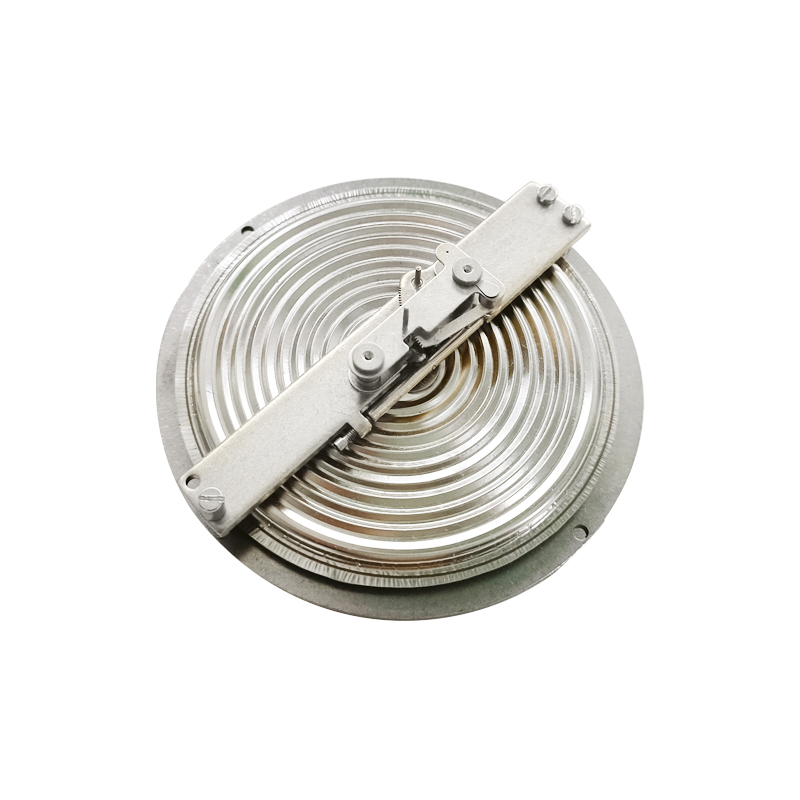
Ago . 16, 2024 09:31 Back to list
Understanding Static Pressure Measurement in Differential Pressure Gauge Manufacturing Processes and Applications
Understanding Static Pressure in Differential Pressure Gauge Factories
In the realm of industrial instrumentation, differential pressure gauges play a vital role in monitoring and controlling processes across various sectors, including manufacturing, chemical, and water treatment plants. One of the key concepts associated with these gauges is static pressure, which significantly influences their operation and accuracy. This article delves into the fundamental principles of static pressure, its importance in differential pressure gauge factories, and how it impacts the manufacturing process of these essential instruments.
What is Static Pressure?
Static pressure refers to the pressure exerted by a fluid at rest within a system. In the context of differential pressure gauges, it is the baseline pressure that exists within the system against which the pressure differential is measured. These gauges measure the difference in pressure between two points in a system, allowing for the monitoring of flow rates, filter conditions, and level measurements.
In many industrial applications, static pressure can vary due to changes in the fluid's height, temperature, or density, as well as external environmental factors. Understanding and accounting for static pressure is crucial for ensuring the accuracy and reliability of differential pressure measurements.
The Role of Static Pressure in Differential Pressure Gauges
In differential pressure gauge factories, static pressure is a critical factor during both the design and calibration phases of gauge production. Firstly, the design of these gauges must accommodate varying levels of static pressure to ensure that they can accurately reflect the differential pressure without being skewed by static forces. This means that manufacturers need to carefully select materials and designs that can withstand fluctuating pressures.
static pressure in differential pressure gauge factories

Moreover, during calibration, understanding static pressure helps determine the expected operating conditions in the field. Calibrating a differential pressure gauge involves establishing a relationship between the applied differential pressure and the gauge's output signal. If static pressure is not considered during calibration, it may lead to erroneous readings in actual applications, compromising the entire monitoring system.
Manufacturing Challenges Related to Static Pressure
There are several challenges that differential pressure gauge factories face concerning static pressure. One major challenge is the potential for static pressure to affect the accuracy of the gauges. Manufacturers must ensure that their products are able to differentiate between static pressure and dynamic pressure changes to provide reliable measurements.
Another challenge lies in the selection of appropriate sealing and materials that can withstand the pressures encountered in various environments. For example, high-static pressures may necessitate the use of robust materials that can endure significant stress without deforming or failing. This not only adds complexity to the design process but also increases production costs.
Conclusion
In conclusion, static pressure is a fundamental aspect of differential pressure gauge production that significantly impacts both the accuracy and reliability of these instruments. As industries continue to evolve and demand more precise measurements, differential pressure gauge factories must invest in advanced technologies and rigorous testing methods to account for static pressure variations. By doing so, they can enhance the performance of their gauges, ensuring that they meet the high standards required in today’s demanding industrial environments. Understanding the intricacies of static pressure will ultimately lead to better instrumentation and more efficient industrial processes.
-
High-Precision 5 Valve Manifold Differential Pressure Gauge Suppliers
NewsApr.29,2025
-
High-Precision Diaphragm Vacuum Pressure Gauges Manufacturers & Quotes
NewsApr.29,2025
-
Omega Differential Pressure Gauges High Accuracy & Durability
NewsApr.28,2025
-
Low Pressure Differential Pressure Gauges Precision Solutions & Quotes
NewsApr.28,2025
-
Digital Diaphragm Pressure Gaauge Precision Measurement & OEM Quotes
NewsApr.28,2025
-
Differential Pressure Gauge China Price High-Accuracy & Best Quotes
NewsApr.28,2025
